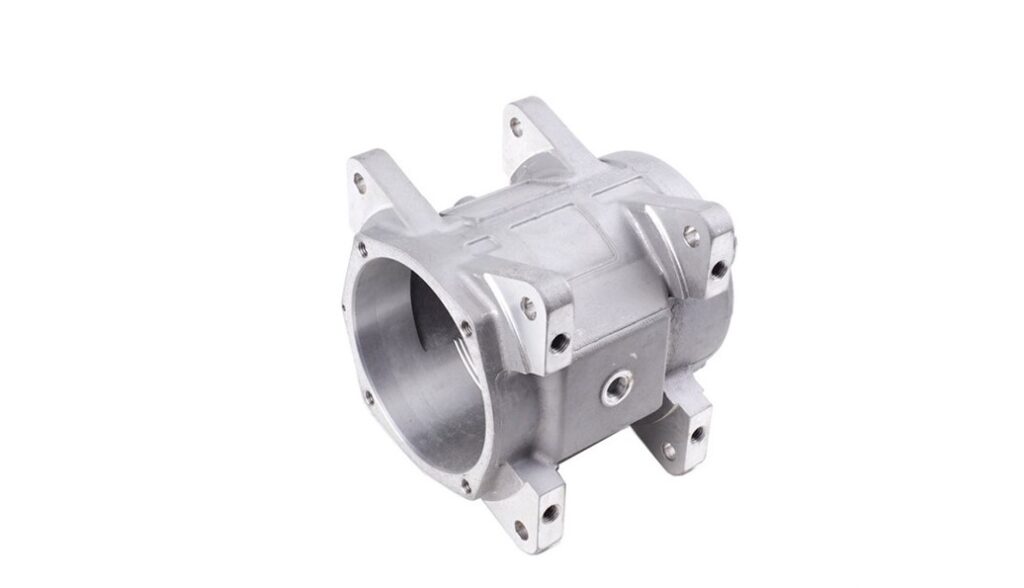Die casting has emerged as a widely adopted manufacturing process in the automotive industry, offering numerous advantages over traditional manufacturing methods. This blog post will delve into the benefits of producing automobile parts using die casting and highlight why it has become the preferred choice for automotive manufacturers.1. Superior Strength and Durability:One of the key advantages of die casting for automobile parts is the ability to create components with exceptional strength and durability. Die casting utilizes high-pressure injection of molten metal into precisely designed molds, resulting in parts with excellent structural integrity. The resulting components can withstand heavy loads, extreme temperatures, and harsh environmental conditions, making them ideal for automotive applications where strength and durability are essential.2. Complex Design Capabilities:Die casting allows for the production of intricate and complex automotive parts with high precision. The use of advanced molds and dies enables the creation of components with intricate details, fine features, and tight tolerances. This level of precision and complexity is particularly advantageous for producing parts like engine blocks, transmission housings, and intricate interior components. Die casting offers design freedom, allowing manufacturers to create innovative and aesthetically pleasing automotive parts.3. Efficient Production Process:Die casting offers an efficient and cost-effective production process for automobile parts. Compared to traditional manufacturing methods, die casting ensures faster production cycles, reducing time to market for new vehicles or component revisions. The high-speed injection process allows for the rapid production of large quantities of parts, making it well-suited for mass production in the automotive industry. Additionally, the die casting process minimizes material waste, reducing overall production costs.4. Cost-effectiveness:Die casting offers cost advantages for automobile part manufacturing. The use of reusable molds and dies enables high-volume production, reducing per-unit costs and making die casting economically viable for large-scale automotive production. Additionally, die casting requires minimal post-processing, as the components produced have precise dimensions and smooth surfaces, eliminating the need for extensive machining or finishing operations. These cost-saving benefits make die casting an attractive choice for automotive manufacturers seeking efficient and economical production methods.5. Material Versatility:Die casting can accommodate a wide range of materials, including aluminum, magnesium, and zinc alloys, providing flexibility to automotive manufacturers. Each material has unique characteristics, offering benefits such as lightweight properties, high strength-to-weight ratios, and excellent corrosion resistance. By selecting the appropriate material, automotive manufacturers can optimize the performance and functionality of their parts while meeting specific industry standards and regulations.Conclusion:Die casting has revolutionized the manufacturing of automobile parts, offering numerous advantages over traditional methods. By enabling the production of high-strength, complex, and cost-effective components, die casting has become an integral part of the automotive industry. The ability to efficiently produce parts with superior strength, complex designs, and material versatility has made die casting a go-to choice for automotive manufacturers aiming to deliver high-quality, durable, and innovative vehicles to the market.



